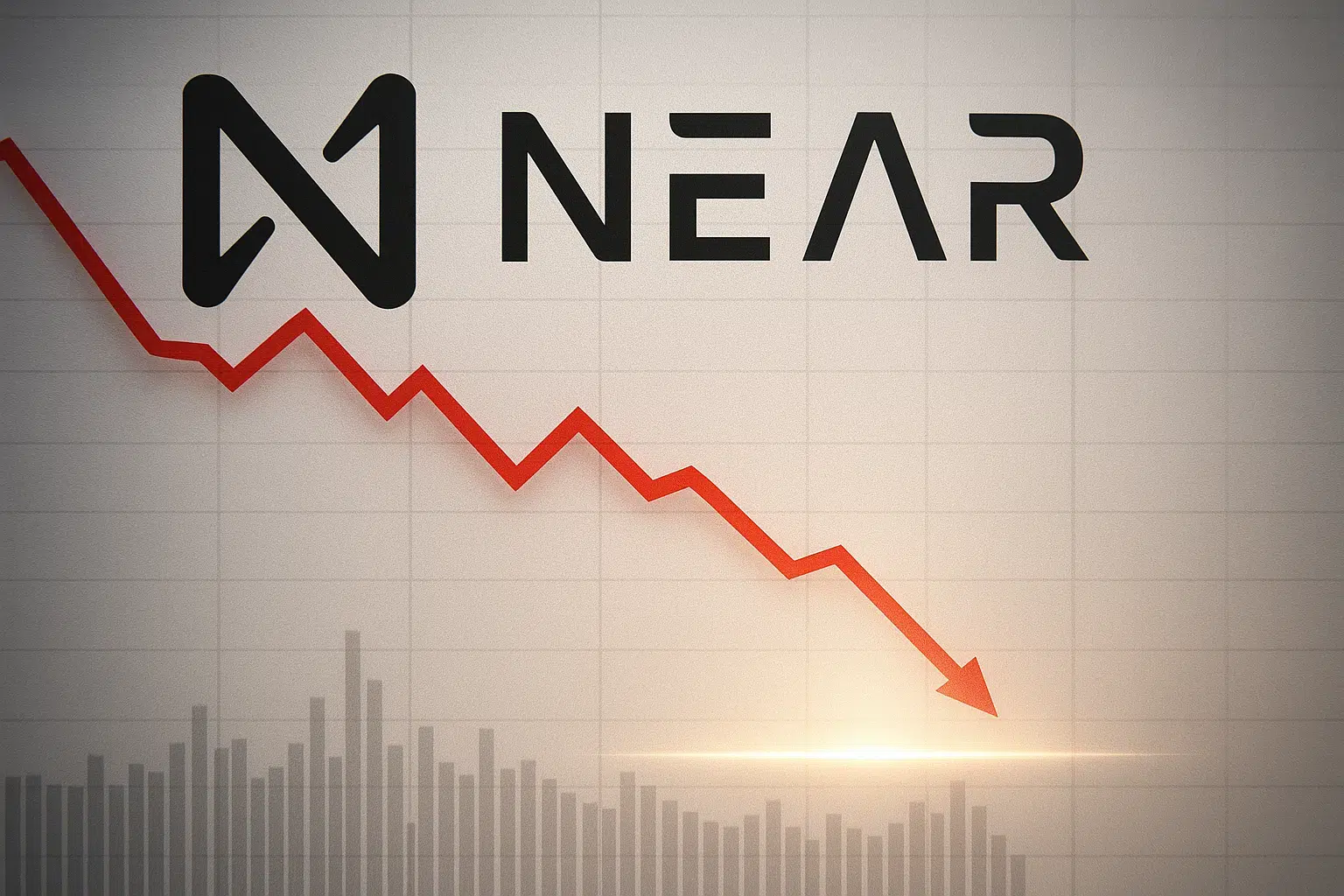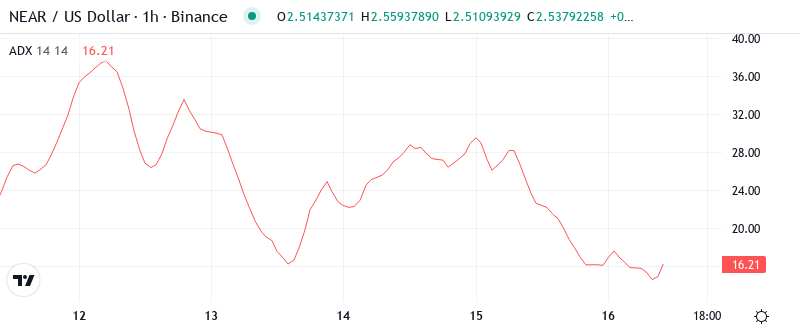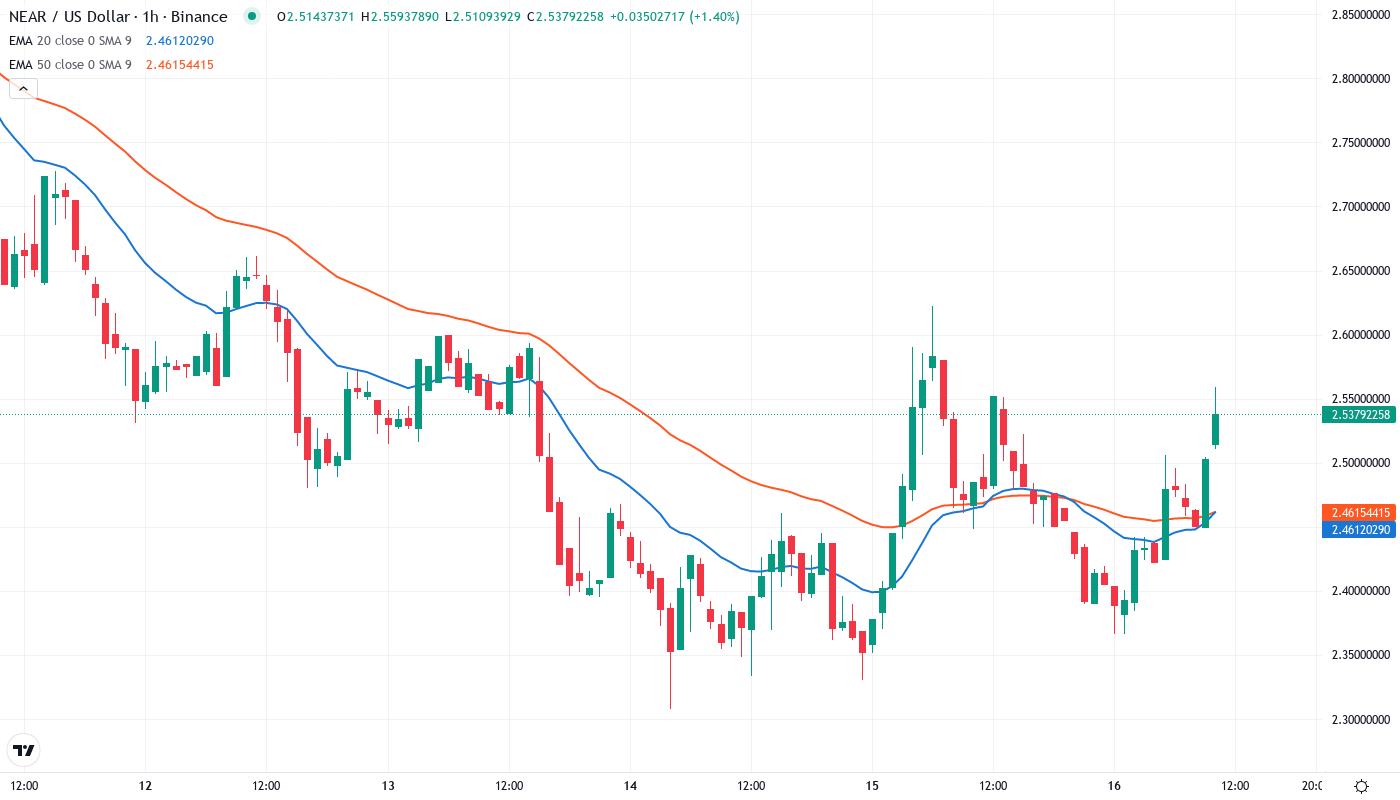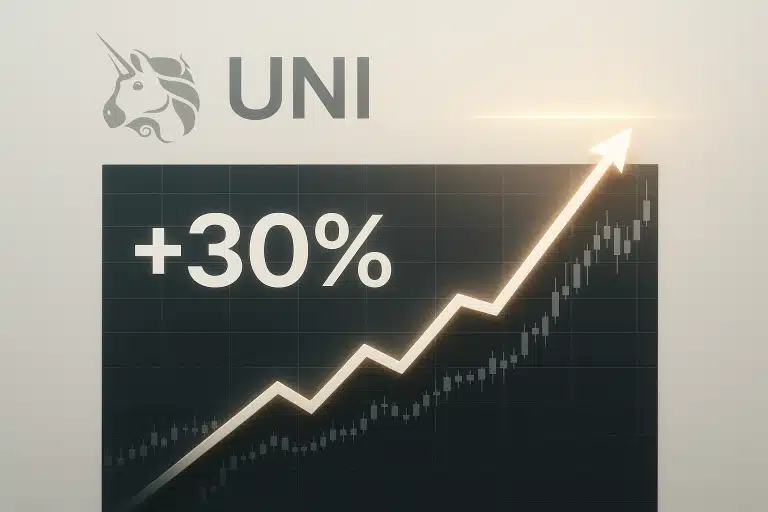NEAR Protocol Tests Critical Support as Momentum Exhaustion Signals Capitulation Phase

Market Structure Shifts Lower
- Token is currently trading at $2.54, 13.3% lower than seven days ago.
- The last time NEAR was this low was at the start of the month.
- At that time, the token was continuing its post Black Friday Sale hangover.

The price of NEAR Protocol became bearish this week and it fell by 13.3% to $2.54 as the falling wedge breakout seen at the start of December collapsed. The coin lost 8% on a monthly basis and it trades 54% below its three-month high. The $3.18 resistance zone rejected last month’s rally. Traders are wondering whether the $2.46 support level will breach following repeated tests of the level?
| Metric | Value |
|---|---|
| Asset | NEAR PROTOCOL (NEAR) |
| Current Price | $2.54 |
| Weekly Performance | -13.35% |
| Monthly Performance | 15.46% |
| RSI (Relative Strength Index) | 53.2 |
| ADX (Average Directional Index) | 28.2 |
| MACD (MACD Level) | 0.04 |
| CCI (Commodity Channel Index, 20-period) | 31.16 |
Oversold RSI Hits 37.33 – Matches August Washout Levels

The daily MACD generated a bear cross and turned negative while MACD history is -2.75, which has enticed buyers during past downtrends with bullish divergences. This adds confidence that the weekly MACD that’s starting to curl negative will also see negative price action, particularly when considering the -50 weekly RSI.
Therefore, although the first signs of a daily oversold bounce starting to accumulate may soon be evident, aggressive bulls may think twice until the weekly signal renders NEAR back closer to the 35 level again. That said, for those looking to gradually scale into long exposure, a reclaim of the 21-DMA at 8.09 is the immediate first target. Followed by a break and recapture of the larger 9 area holding both the 100-DMA and 200-DMA.
ADX at 28.2 Confirms Sellers Control Trending Market

As trend followers, this is what we sign up for – relatively frequent whipsaws in exchange for near-immediate participation in fast-trending markets. While the current trend is young and likely contains ample runway (.LINET’),
In other words, this ADX setup is very friendly to strategies that follow the trend and less accommodating to mean reversion approaches. This is something that day traders should keep in mind as they look to sell into rallies at resistance instead of buying the dip at support until ADX starts to make a peak turn. While the WisdomTree ETF filing that names NEAR one of the top 20 digital assets certainly provides a good fundamental overlay, technical traders know that you trade the chart first when ADX says go and, at present, the bears have the edge.
20-Day EMA at $2.44 Flips From Support to Resistance

Price is currently retesting the $2.40 level that served as both support and resistance through the second half of November and the first half of December. This level also produced a sizable 4-hour buy setup candle close. The $2.40 is just above the 61.8% fib of the $2.26 swing low to $2.51 hi, with a sweep of this low looking increasingly likely given the established presence of long-side liquidity resting here.
What is interesting to observe is the squeeze between the 20-day and 50-day EMAs around $2.46 – this combination forms a strong resistance cluster which the bulls need to break above in order to change the short-term outlook. The 100-day EMA is quite elevated at $2.52, and the 200-day EMA is a far distant support at $2.70, however, acting as resistance given the current price is below it. This EMA setup is quite similar to a bearish waterfall one where every EMA becomes a ceiling instead of a floor.
Support at $2.46 Faces Moment of Truth After Six Tests
The closest resistance level is the .382 Fibonacci retracement of the six-month downtrend near $2.65, followed by the 200-day EMA at $2.80. Given the struggle to hold higher ground, the path of least resistance is to the downside, with a failed floor likely to set off a rapid multi-point decline that shakes out weaker hands. The higher-probability scenario is that the magnetic zone will finally fail, opening the door to a decline that tests 2011’s all-time low at $2.07.
However, a more gradual and healthier approach would be to consolidate above $2 for the next week or two, retest the 50-dma, and attract bargain hunters before breaking above the declining 100-dma (in blue) with volume. That would form a new uptrend and establish the 100-dma as support leading to a test of the current resistance at the 200-dma. With the 200-dma at $3.20 currently declining daily, bulls could consider $3 as a reachable and logical target.
Importantly, the market structure indicates a descending triangle with lower highs observed since December, as the support at $2.46 has been tested multiple times. When the support breaks, it usually means a downside breakout, with the measured move going to $1.90 on the basis of the triangle height. The underlying support of the Near Intents platform development is there, but technically price discovery is overwhelmingly managed by the sellers.
Bears Target $1.72 as Support Crumbles Under Pressure
For the bullish scenario to play out, the price needs a sustained rally through the $3.00 level to establish a new constructive uptrend. This would put long-term horizontal resistance $3.70 into the spotlight. A breach of this barrier should trigger a rapid race back to $4.50.
If the $2.42 support fails to hold the volume, it allows an air pocket to form towards $2.24, and possibly the monthly low of $1.72. This could lead to the recent buyers being trapped as they entered the falling wedge breakout expectations, which would most likely activate the stop losses, including the cascading ones. The oversold RSI daily wouldn’t be giving much relief if the weekly momentum stays negative and the support gives way for the sixth time.
Due to the technical damage and absence of buying pressure at important support, it is most likely that NEAR will first challenge the $2.24 monthly S1 pivot level before a low-risk, long-term entry opportunity presents itself there. Oscillator upticks could lead to a brief spike higher that fails to trigger a larger upswing, with the $2.44 prior range low and 10-day ema offering logical downside obstructions.





